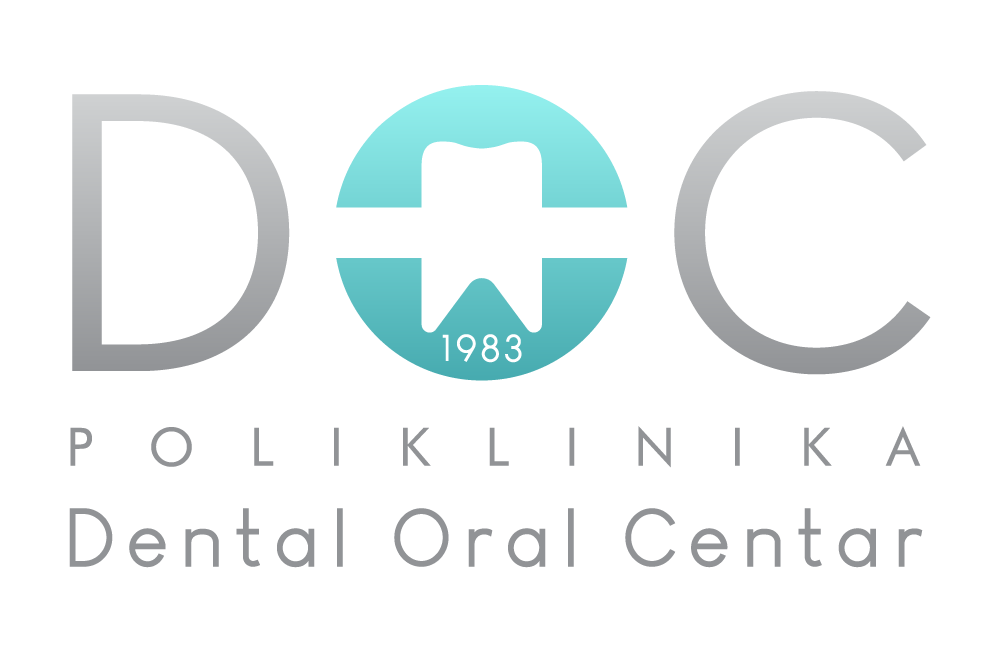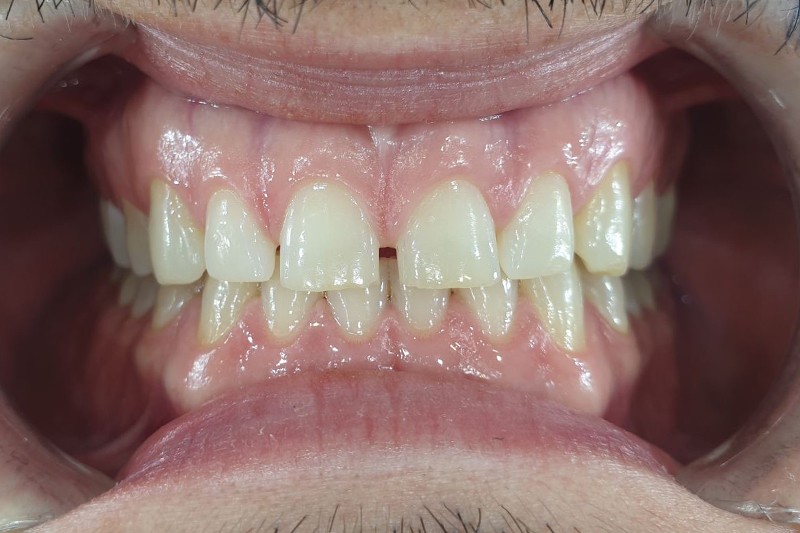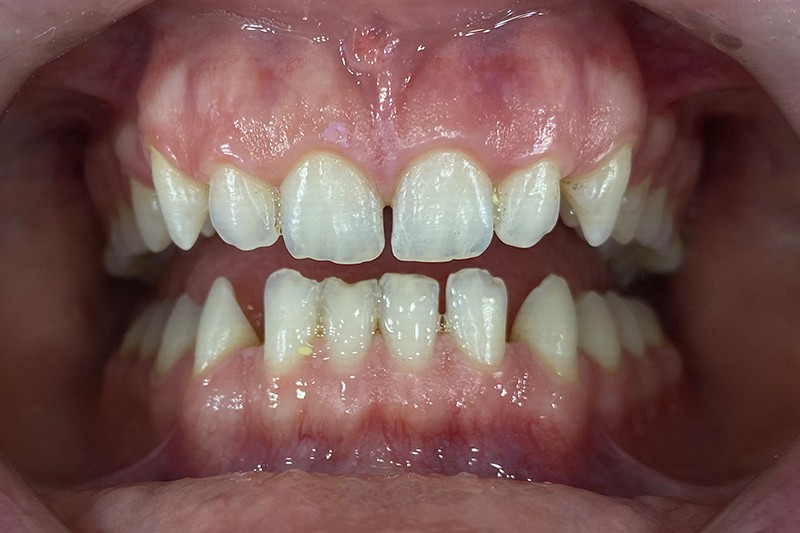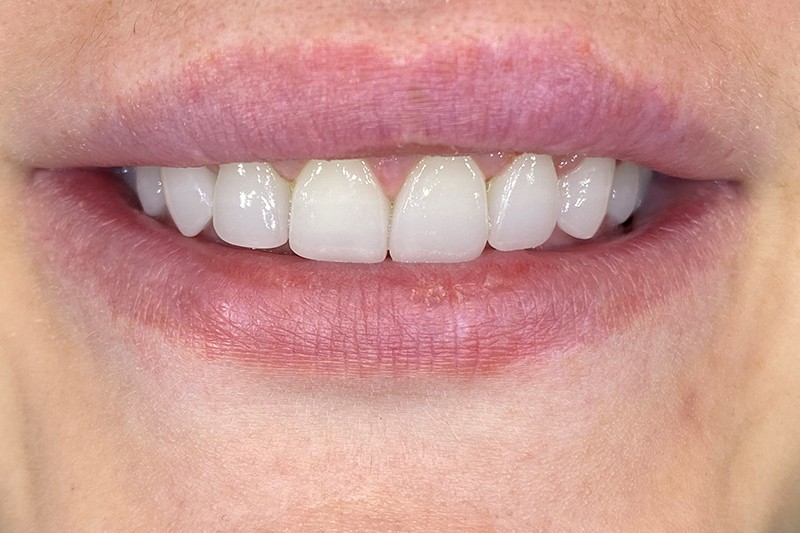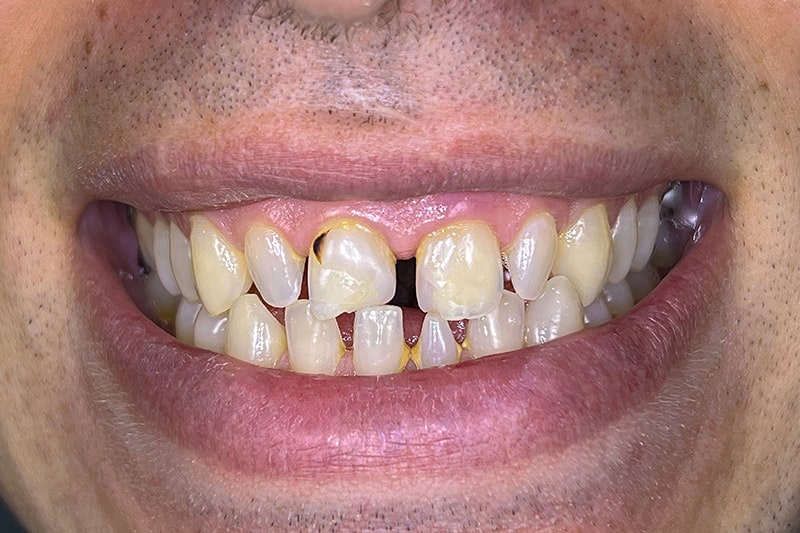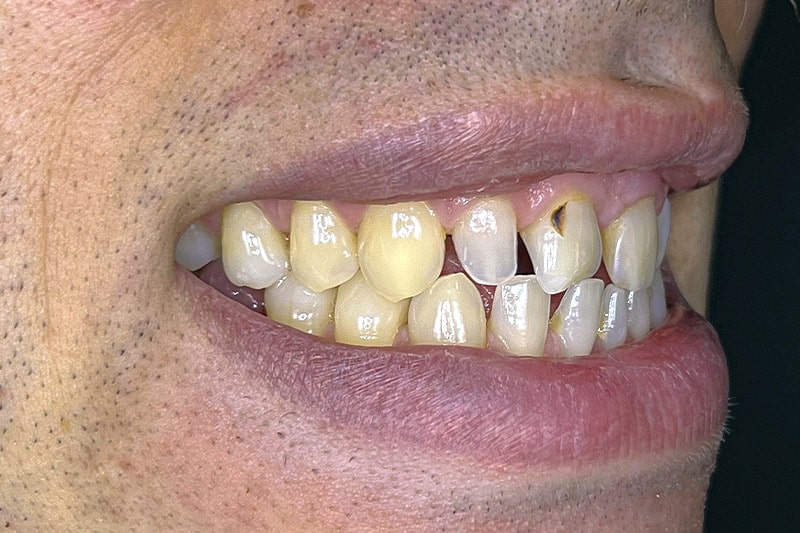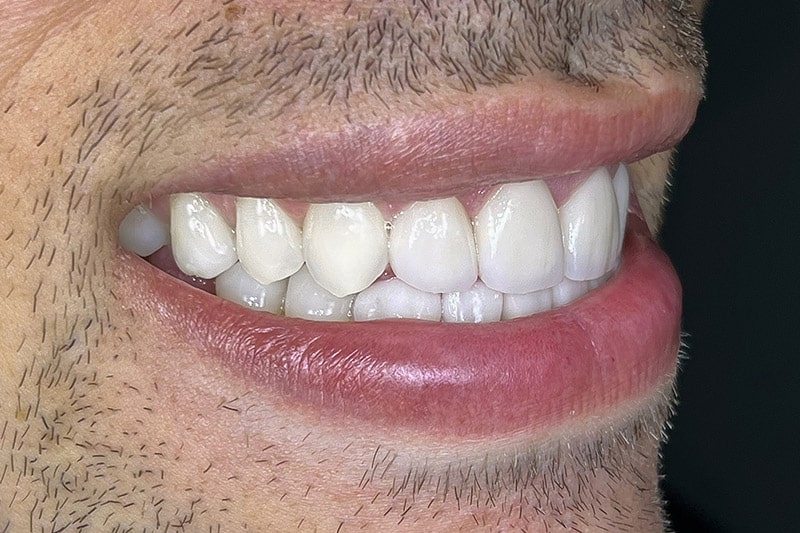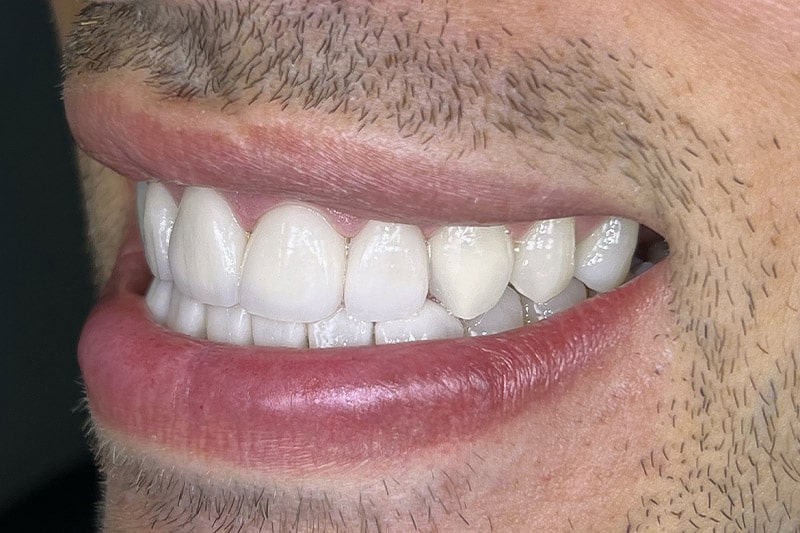Ceramic veneers are exclusively aesthetic ceramic dental restorations. They should be considered as ceramic “artificial nails” that cover the front surface of the teeth. In the first place, they are used to change the shape and color of teeth.
In some cases, they can also be used to change the position of the teeth, when orthodontics is not necessary.
They are made of top-quality metal-free ceramics that ensure completely natural color and tone. Contrary to popular belief, well-made ceramic veneers do not belong, they can function completely normally when it comes to any type of food.



